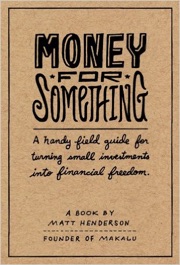
There is always a demand for starter books on investing and personal finance, especially as graduation season is coming up again. Although they often cover similar topics, the execution varies widely. For example, I found Tony Robbin’s “7 Simple Steps to Financial Freedom” to be dense, unfocused, and it somehow ended up suggesting a complicated insurance product. Blech.
This is why I found it refreshing to read Money for Something – A Handy Field Guide for Turning Small Investments into Financial Freedom by Matt Henderson. This starter book was short, focused, and practical:
- Short – The book consists of 17 brief chapters. In roughly the time it takes to read 17 of my blog posts, you can finish this book.
- Focused – The world of investing is wide and deep, which makes it very tempting to explore every nuance. This book keeps the supporting material very tight.
- Practical – The same holds true for the actual implementation of his plan. For examples, he gives you two options for model portfolios, he tells you where you can buy them, and that’s just enough to get you started.
Henderson has an engineering background and says the book is based on his own experiences. Here’s an excerpt from the introduction:
Hoping not to rely on luck, I began reading books about personal investment. What I discovered was very exciting—that practically anyone can achieve financial freedom.
I put the principles I learned into practice, and over the next 15 years confirmed that they work. It seems profoundly important that the path to financial freedom is so accessible—just by following a set of basic principles with discipline. At the same time, it seems profoundly sad that so many never find it, simply because they are unaware.
In terms of criticisms, it would be the same as with any starter investment book. Readers should take it as a rough roadmap, something motivational that shows a way to get from here (starting out) to there (financial freedom). But actually following the map will take many years, and there will be many distractions and moments that question your faith along the way. In my experience, you will need to keep learning in order to build up the required confidence in your (probably somewhat different) plan. It’s not that the original plan wasn’t good, more that you need something that you truly believe in. Don’t let that scare you off though, because the payoff is worth it!
This may also help… Money for Something is now available for free to read online, $5 in PDF format, and also available for purchase in Kindle format.
Recap. Concise and practical starter investing book. If you need a short roadmap, I recommend reading this book and doing additional research as needed. It’s free to read online, so that’s one less excuse!
Related: Another recommended starter book on personal finance is If You Can by William Bernstein, which is also free in PDF format and about $6 in paperpack. You can use the included recommended reading list for additional research.
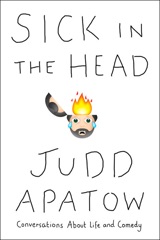 I’ve never really identified with comedians. I’m not funny, and I always avoid large crowds. But after reading the fascinating notes at
I’ve never really identified with comedians. I’m not funny, and I always avoid large crowds. But after reading the fascinating notes at 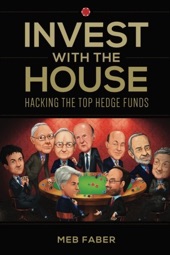 Asset manager and author Meb Faber has a new book out called
Asset manager and author Meb Faber has a new book out called 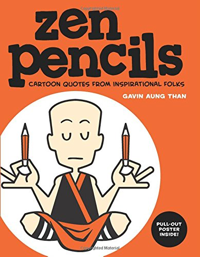
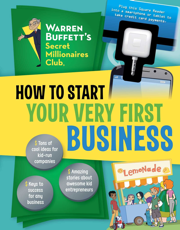
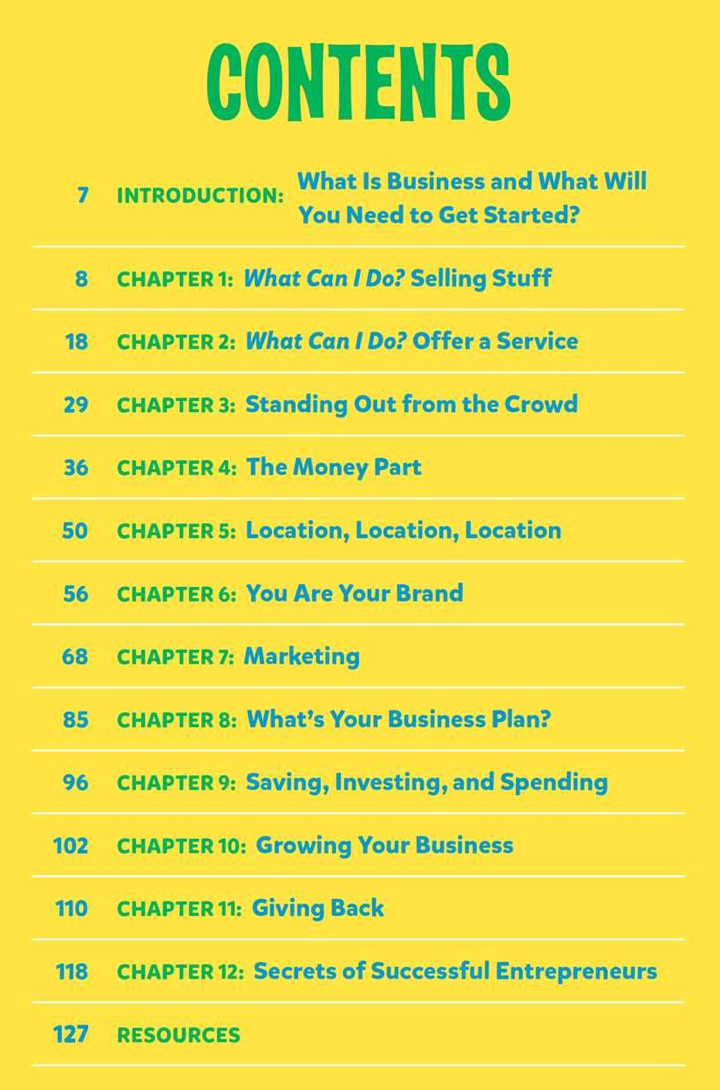
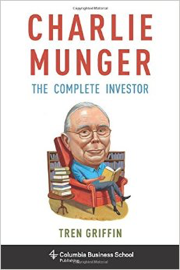
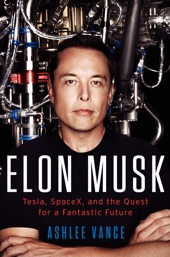

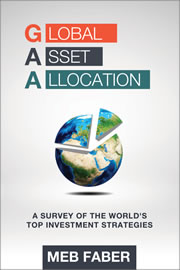
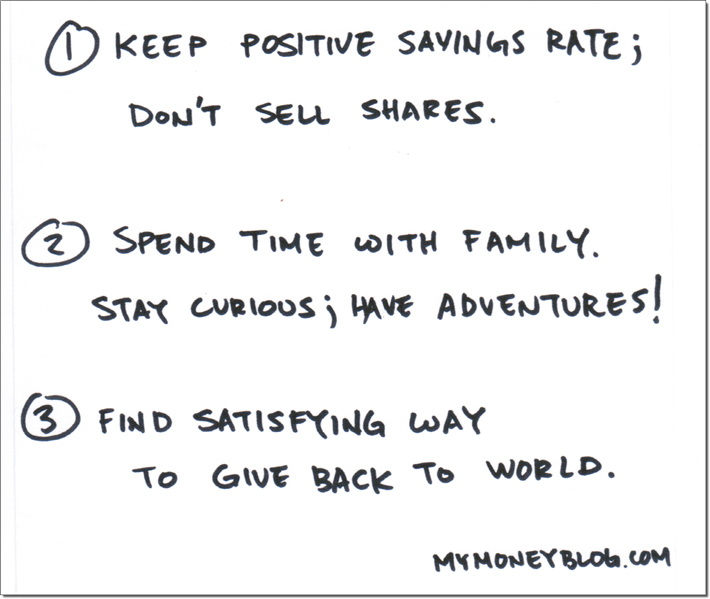
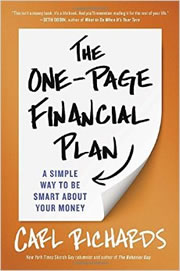
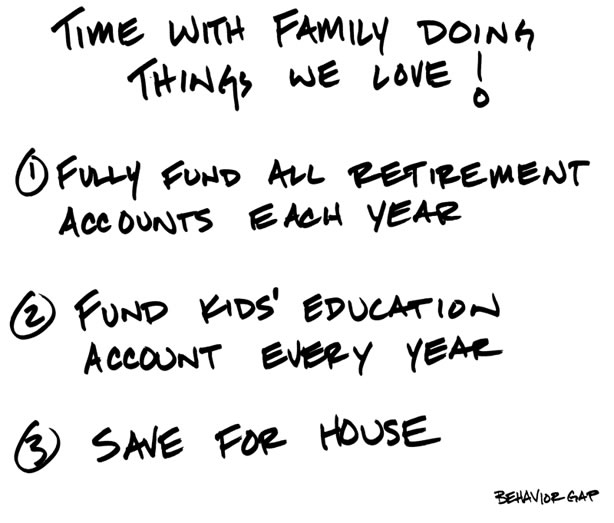
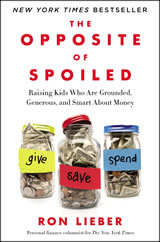
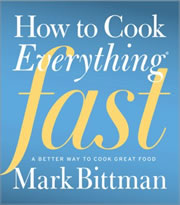
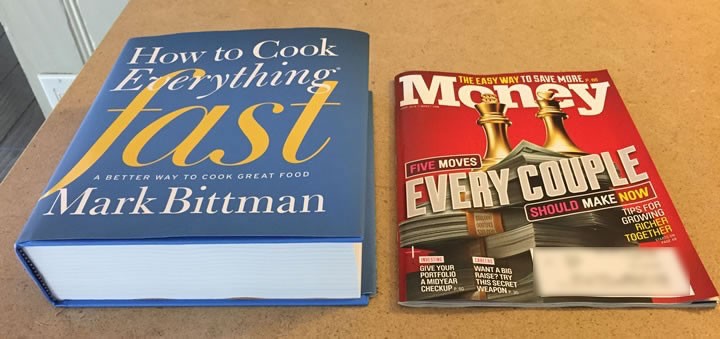
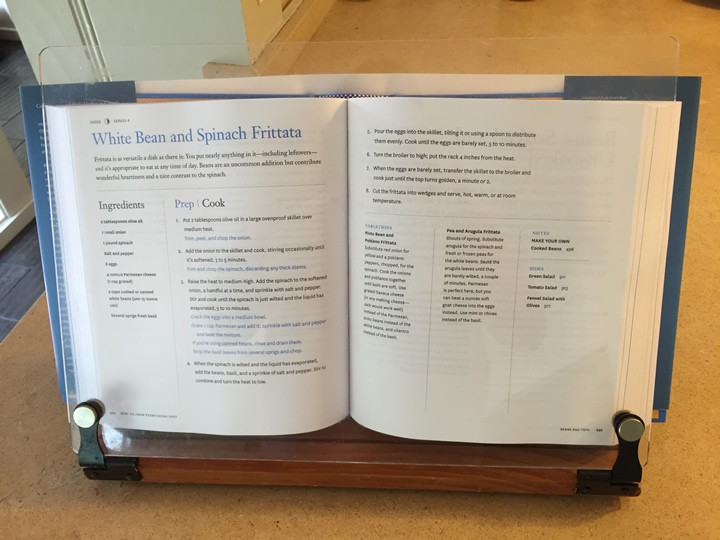
 The Best Credit Card Bonus Offers – 2025
The Best Credit Card Bonus Offers – 2025 Big List of Free Stocks from Brokerage Apps
Big List of Free Stocks from Brokerage Apps Best Interest Rates on Cash - 2025
Best Interest Rates on Cash - 2025 Free Credit Scores x 3 + Free Credit Monitoring
Free Credit Scores x 3 + Free Credit Monitoring Best No Fee 0% APR Balance Transfer Offers
Best No Fee 0% APR Balance Transfer Offers Little-Known Cellular Data Plans That Can Save Big Money
Little-Known Cellular Data Plans That Can Save Big Money How To Haggle Your Cable or Direct TV Bill
How To Haggle Your Cable or Direct TV Bill Big List of Free Consumer Data Reports (Credit, Rent, Work)
Big List of Free Consumer Data Reports (Credit, Rent, Work)